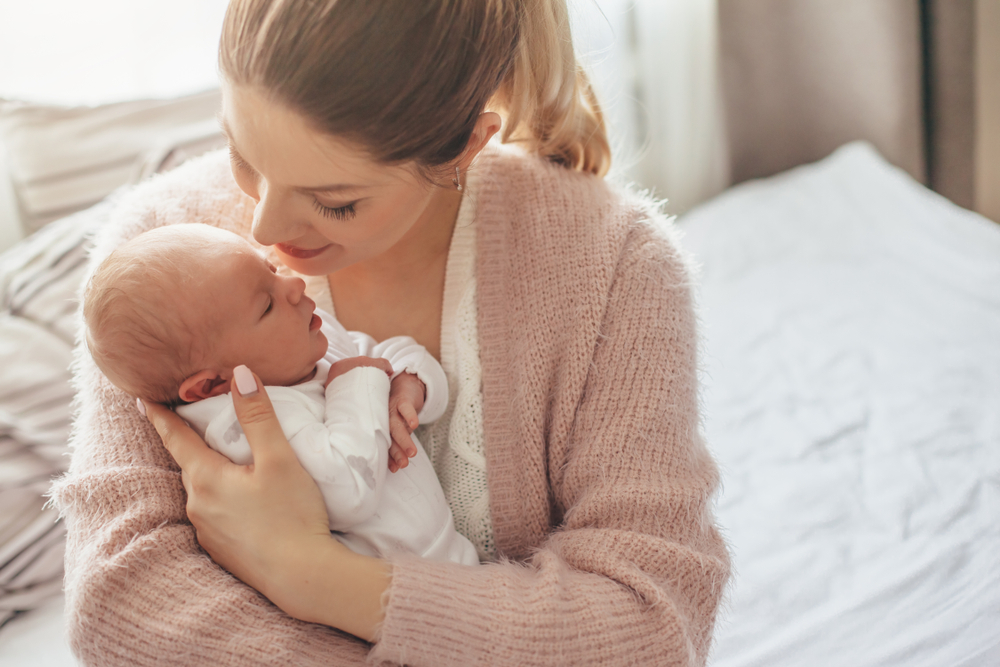The pelvic floor is a collection of muscles supporting pelvic organs, including the bladder, uterus (womb) and bowel. You may have heard about these muscles for the first time during your pregnancy or when you started to get back into exercise after having your baby.
Still, they play an essential role during pregnancy and childbirth. The pelvic floor also keeps women continent, stopping them from leaking urine, feces or flatus (gas). When these muscles relax under pressure, this can cause urinary or fecal incontinence. The pelvic floor muscles can also be a source of pain weeks after giving birth.
Reasons for pelvic pain after pregnancy
Postpartum pelvic pain is a common condition that can be caused by several different factors. It can occur after a vaginal delivery or C-section, and symptoms often vary from woman to woman. Here are five common causes of postpartum pelvic pain:
- Postpartum endometritis — This condition is an inflammation of the endometrium that develops after childbirth and can cause pelvic pain.
- Pelvic inflammatory disease (PID) — PID is a general term used to describe infection and inflammation of the upper female genital tract, which includes the uterus, fallopian tubes and ovaries.
- Uterine inversion — This postpartum issue is a rare complication of childbirth in which the uterus turns inside out after delivery. This condition and the steps taken to address it, such as surgery, can lead to pelvic pain after birth.
- Pelvic girdle pain (PGP) — This is caused by misalignment of the pelvic joints and muscles. The baby’s weight pulls on the pelvic ligaments, making them “looser” than before pregnancy. Women with previous back problems are more likely to experience PGP during and after pregnancy.
- Stretching of the muscles during pregnancy — Many muscles in the abdomen tend to stretch to accommodate the growing baby during pregnancy. In most cases, these muscles usually go back to their standard size or position after delivery. However, the muscles do not return to their original position or size in some women. This may cause pain in the pelvis or abdomen after delivery.
Thankfully, physical therapy is an option for recovering from pelvic pain after birth. If you go in for an evaluation, your physical therapist will ask detailed questions about your pain and how it started. They will want to know when your pain is worse or better and if any activities make it feel better or worse. Your physical therapist can then take steps to address your pain and its underlying cause.
Can physical therapy help me recover from pelvic pain after giving birth?
If you are suffering from pelvic pain after giving birth, Armor Physical Therapy is ready and willing to help. Our team of licensed physical therapy specialists can work with you to create a physical therapy plan that is specifically tailored to your recovery needs. We are prepared to build your plan so that it can help you reach recovery goals like helping reduce your pain and helping to strengthen your pelvic floor.
Contact us today for more information about how we can treat pelvic pain or to schedule an initial appointment.


